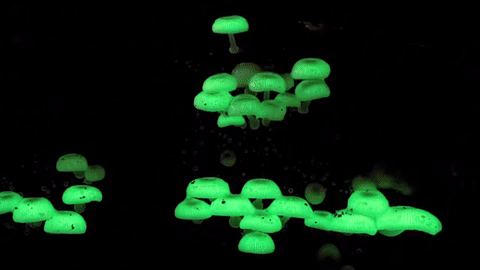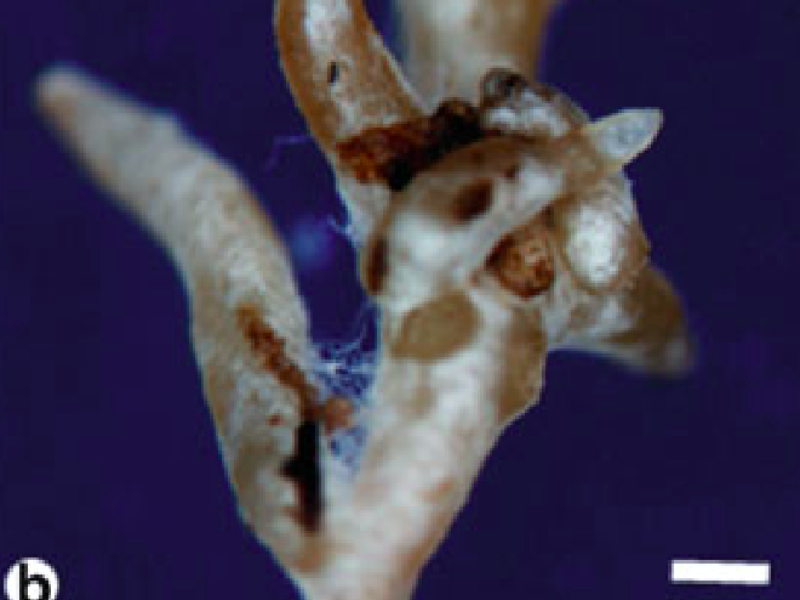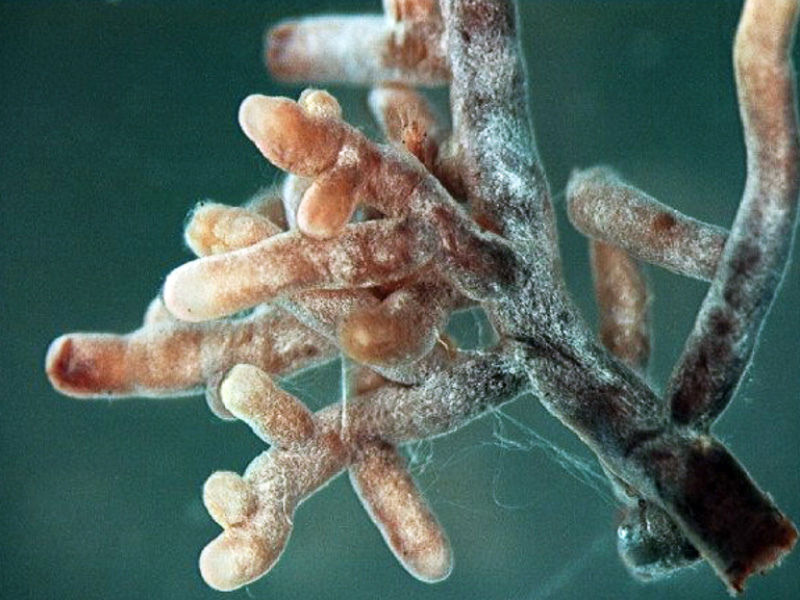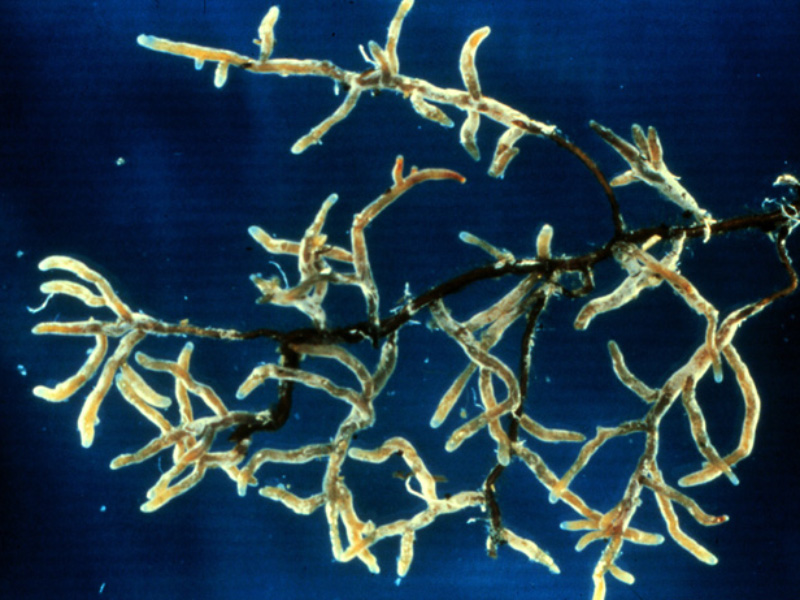
2.1
Another manifestation is the production of light or Bioluminescence, due to the oxidation of a suitable substrate and the interaction of two specific substances that adopt the demonic names of luciferin and luciferase.
The efficiency of this combustion is very high, since the amount of energy that is lost as thermal radiation is minimal. Despite being generated in a combustion, it is not capable of raising the temperature even one millionth of a degree. It is therefore a flame that does not give heat, being known as "cold light".




































